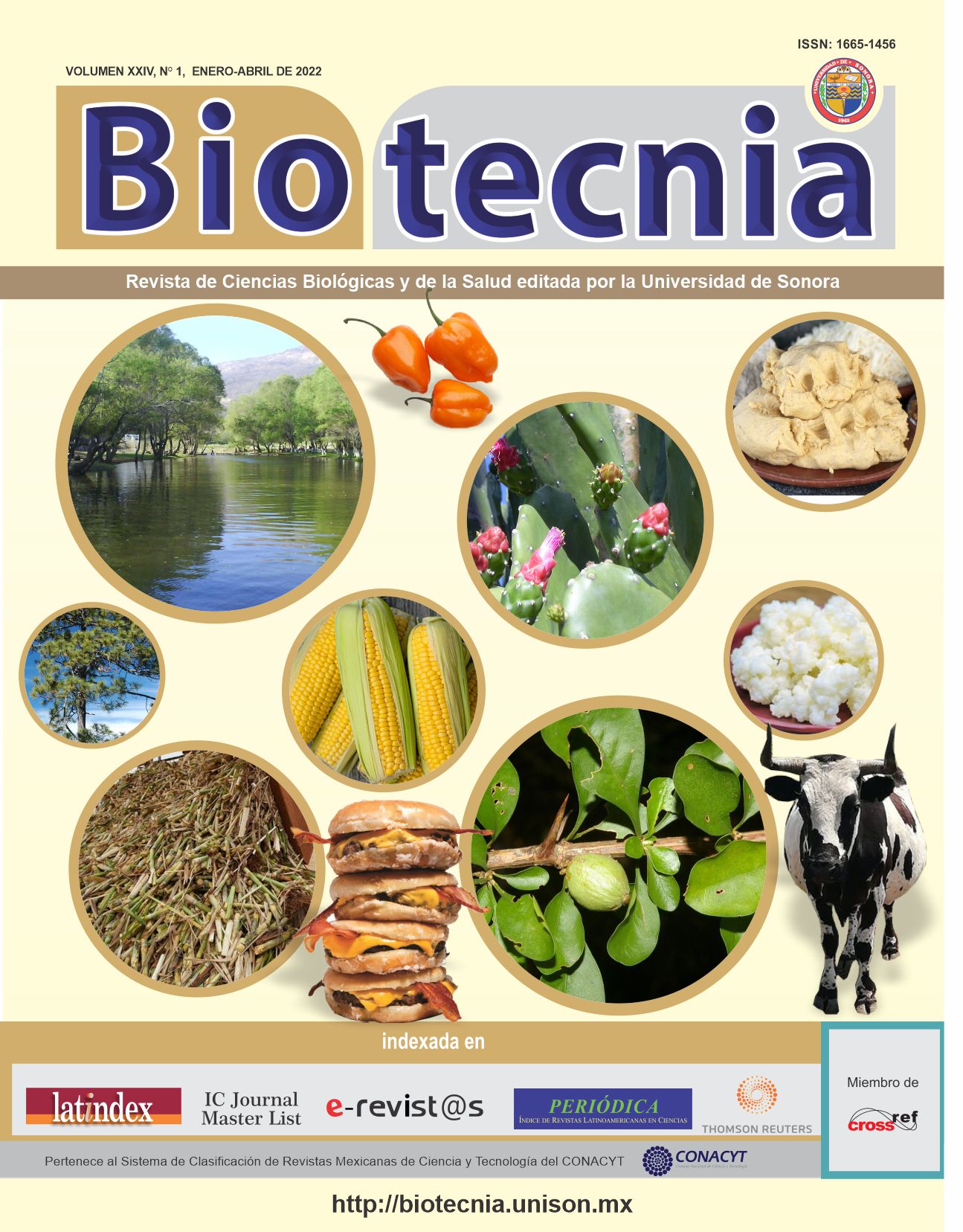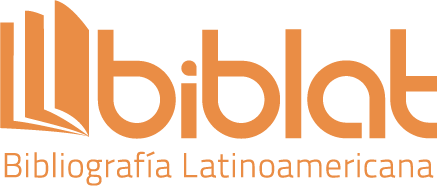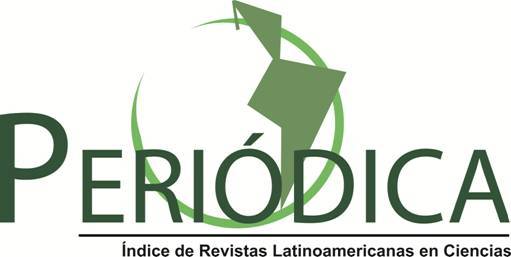Consortia of mycorrhizal fungi and rhizobacteria in the biological control of Phythopthora capsici in Capsicum annuum cultivars
DOI:
https://doi.org/10.18633/biotecnia.v24i1.1490Keywords:
Mycorrhizae, chilli drier, phytopathogens, biological controlAbstract
Chili wilting or drying is one of the main diseases that causes very considerable losses in the production of the chili crop. The use of chemical fungicides is a common practice promoting resistance and environmental contamination. The reconversion of agriculture demands sustainable alternatives, among which the use of rhizospheric fungi = arbuscular mycorrhizal fungi (AMF) and plant growth-promoting rhizobacteria (Rpcv) stand out, which are seen as a valuable tool for the protection of crops. horticultural when they are applied through consortia. The general objective of the present investigation consisted in evaluating consortiums of mycorrhizal fungi and rhizobacteria as biological control vs Phythopthora capsici, in cultivars of 23 genotypes of chili peppers, from various agricultural locations in the Mexico country, were evaluated. The AMF that made up the consortium were: six strains of Rhizophagus intraradices with the codes Zac-19, Ced-20, Tab-21, Mér-22, Pap-23 and Jal-24. Likewise, four strains of rhizobacteria were included (Rpcv = Plant growth-promoting rhizobacteria), three of the genus Pseudomonas corresponding to P. lini, P. fluorescens, Acinetobacter guillouiae and one of the genus-species Aeromona caviae. The study treatments were four: T1 = Control (No nutritional contribution (water)), T2 = Consortium = (mixture) of the six AMF, T3 = Consortium of six AMF plus the consortium of four Rpcv, T4 = Chemical fertilization based on a nutrient solution. In the resistance of plants to the attack of P. capsici, They reduced the attack of the fungus P. capsici, in plants of 23 cultivars of chile; The Pasilla-type and Guajillo-type chili cultivars presented the highest resistance to the attack of P. capsici, when they were inoculated with AMF + Rpcv, while the Serrano, Puya and Jalapeño-type chilies were the ones with the highest susceptibility to the attack of the phytopathogenic fungus
Downloads
References
Aliye N., C. Fininsa., Y. Hiskias. 2008. Evaluation of rhizosphere bacterial antagonists for their potential to bioprotect potato (Solanum tuberosum L.) against bacterial wilt (Ralstonia solanacearum). Biological Control 47(1):282-288.
Avelar M. J.J. 1989. Intentos de Control de la Marchitez del chile ocasionada por el hongo Phytophthora capsici Leonian en la región de Valsequillo, Puebla, México. Tesis de Maestría. Colegio de Postgraduados. Montecillo, estado de México. 66 p.
Barman P, Singh SK, Patel VB, Singh AK, Nain L. Synergistic interaction of arbuscular mycorrhizal fungi and mycorrhiza helper bacteria improving antioxidant activities in Troyer citrange and Cleopatra mandarin under low moisture stress. Indian J. Hortic. 2015; 72:1 33-37.
Bashan, Y., Bustillos, J. J., Leyva, L. A., Hernandez, J.-P., and Bacilio, M. (2006). Increase in auxiliary photoprotective photosynthetic pigments in wheat seedlings induced by Azospirillum brasilense. Biol. Fertil. Soils 42, 279–285.
Cardona, G., C. P. Peña-Venegas, A. Arcos.2008. Occurrence of arbuscularmicorrhizae fungi in red pepper (Capsicum sp.) in the Amazonian region of Colombia. AgronomíaColombiana 26(3): 459-470
Castañón-Nájera G, Latournerie-Moreno L, Mendoza-Elos M, Vargas-López A, Cárdenas-Morales H. Colección y caracterización de Chile (Capsicum spp) en Tabasco, México. Rev. Int. de Botánica Experimental. 2008; 77: 189-202.
Castillo, U.F.; Strobel, G.A.; Ford, E.J.; Hess, W.M.; Porter, H.; Jenesen, J.B. 2002. Munumbicins, wide spectrum antibiotics produced by Streptomyces (NRRL30562) endophytic on Kennedianigriscans. Microbiology 148: 2675–2685.
Erwin, D.C. & Ribeiro, O.K. 1996. Phytophthora Diseases Worldwide. APS PRESS. The American Phytopathological Society. St. Paul, Minnesota. 562 pp.
Frey-Klett P, Garbaye J. The Mycorrhiza helper bacteria revisited. New Phytol. 2007; 176:1 22-36
Gholami A, Shahasavani S, Nizarat S. 2009. The effect of plant growth promoting rhizobacteria (PGPR) on germination, seedling growth and yield of maize World Academy of Science, Engineering and Technology. 49: 10-24.
Gholami A, Shahasavani S, Nizarat S. The effect of plant growth promoting rhizobacteria (PGPR) on germination, seedling growth and yield of maize. World Acad. Sci. Eng. Technol. 2009; 49: 10-24.
Gilardi, G.; Baudino, M.; Moizio, M.; Pugliese, M.; Garibaldi, A. and Gullino, M. L. 2013. Integrated management of Phytophthora capsici on bell pepper by combining grafting and compost treatment. Crop Protection. 53:13-19.
Goldberg N. P. 1998. Chile pepper diseases. Agricultural Experimental Station. Circular No 549. College of Agriculture and Home Economics. New México State University. Las Cruces, New México, USA. 20 p.
Guigón-López, C. y González-González, P. 2001. Estudio regional de las enfermedades del chile (Capsicum annuum L.) y su comportamiento temporal en el sur de Chihuahua, México. Revista Mexicana de Fitopatología. 19(1):49-56.
Guigón-López., C., y P.A. González-González. 2003. Selección de cepas nativas de Trichoderma spp. Con actividad antagónica sobre Phytophthora capsici Leonian y promotoras del crecimiento en el cultivo de chile (Capsicum annuum L.). Revista Mexicana de Fitopatología. 22(1):117-124.
Hernández-Castillo., F.D., R.H. Lira-Saldívar., G. Gallegos-Morales., M. Hernández-Suárez., S. Solís-Gaona. 2014. Biocontrol de la marchitez del chile con tres especies de Bacillus y su efecto en el crecimiento y rendimiento. Revista Internacional de Botánica Experimental. 83(1):49-55.
Hernández-Suárez., M., F.D. Hernández-Castillo., G. Gallegos-Morales., R.H. Lira-Saldivar., R. Rodríguez-Herrera., y C.N. Aguilar. 2011. Biocontrol of soil fungi in tomato with microencapsulates containing Bacillus subtilis. American Journal of Agricultural and Biological Sciences. 6(2):189-195
Kaiser HF. The application of electronic computers to factor analysis. Educ. Phsychological Meas. 1960; 20: 141-151.
Kyung S., M., and K. Deok K. 2012. Plant growth-promoting rhizobacteria suppressive to phytophthora blight affect microbial activities and communities in the rhizosphere of pepper (Capsicum annuum L.) in the field. Applied Soil Ecology. 62(1):88-97.
Kyung S., M., S-Ch. Chun., and K. Deok K. 2008. Biological control of phytophthora blight of pepper by antagonistic rhizobacteria selected from a sequential screening procedure. Biological Control. 46(3):424-433.
Lamour, K.H.; Stam, R.; Jupe, J. & Huitema, E. 2012. The oomycete broad-hostrange pathogen Phytophthora capsici. Molecular Plant Pathology 13 (4):329–337.
doi: 10.1111/J.1364-3703.2011.00754
Lugtenberg B, Chin-A-Woeng T, Bloemberg G. Microbe-Plant interactions: principles and mechanisms. Antonie Van Leeuwenhock. 2002; 81: 373-383.
McGonigle, T.P., M.H. Miller, D.G. Evans, G.L. Fairchild, J.A. Swan, 1990. A new method which gives an objective measure of colonization of roots by vesicular-arbuscular mycorrhizal fungi. New Phytologist 115:495-501.
Martin, F.N.; Abad, Z.G.; Balci, Y; Ivors, K. 2012. Identification and Detection of Phytophthora: Reviewing Our Progress, Identifying Our Needs. Plant Disease 96
(8):1080-1103.
Mediavilla, V., M. Leupin., y A. Keller. 2001. Influence of the growth stage of industrial hemp on the yield formation in relation to certain fibre quality traits. Industrial Crops and Products. 13(1):49-56.
Ozgonen, H. and Erkilic, A. 2007. Growth enhancement and phytophthora blight (Phytophthora capsici Leonian) control by arbuscular mycorrhizal fungal inoculation in pepper. Crop Protection. 26:1685-188.
Pérez C., A., Chamorro A. L. 2013. Bacterias endófitas: un nuevo campo de investigación para el desarrollo del sector agropecuario. Revista Colombiana de Ciencia Animal. 5(2):439-462.
Pérez-Acevedo., C.E., J.C. Carrillo-Rodríguez., J.L. Chávez-Servia., C. Perales-Segovia., R. Enríquez Del V., y Y. Villegas-Aparicio. 2017. Diagnóstico de síntomas y patógenos asociados con marchitez del chile en Valles Centrales de Oaxaca. Revista Mexicana de Ciencias Agrícolas. 8(2):281-293.
Phillips, J. M., D.S. Hayman, 1970. Improved procedure for clearing roots and staining parasitic and vesicular-arbuscular fungi for rapid assessment of infection. Transactions of the British Mycological Society 55:158-161.
Rai MK. Current advances in mycorrhization in micropropagation. In vitro. Cell. Dev. Biol. Plant. 2001; 37 158-167.
Ramírez-Villapudua, J. y Romero-Cova, S. 1980. Supervivencia de Phytophthora capsici Leo., agente causal de la marchitez del chile. Agrociencia 39:9-18.
SAS Institute.2004. SAS/STAT user’s guide. Version 6.12 SAS, Institute, Cary, N.C. U.S.A.
Yépez-Hernández., F.J., R. Ferrera-Cerrato., A. Alarcón., J. Delgadillo-Martínez., M.R. Mendoza-López y O. García-Barradas. 2016. Fertilización nitrogenada en el crecimiento, contenido de compuestos fenólicos y actividad antioxidante de Albahaca. Rev. Fitotec. Mex. 29(1):33-40.
Downloads
Published
How to Cite
Issue
Section
License
Copyright (c) 2022

This work is licensed under a Creative Commons Attribution-NonCommercial-ShareAlike 4.0 International License.
The journal Biotecnia is licensed under the Attribution-NonCommercial-ShareAlike 4.0 International (CC BY-NC-SA 4.0) license.





_(1)_(1).png)






_(2).jpg)





